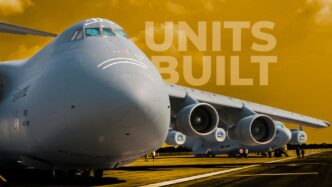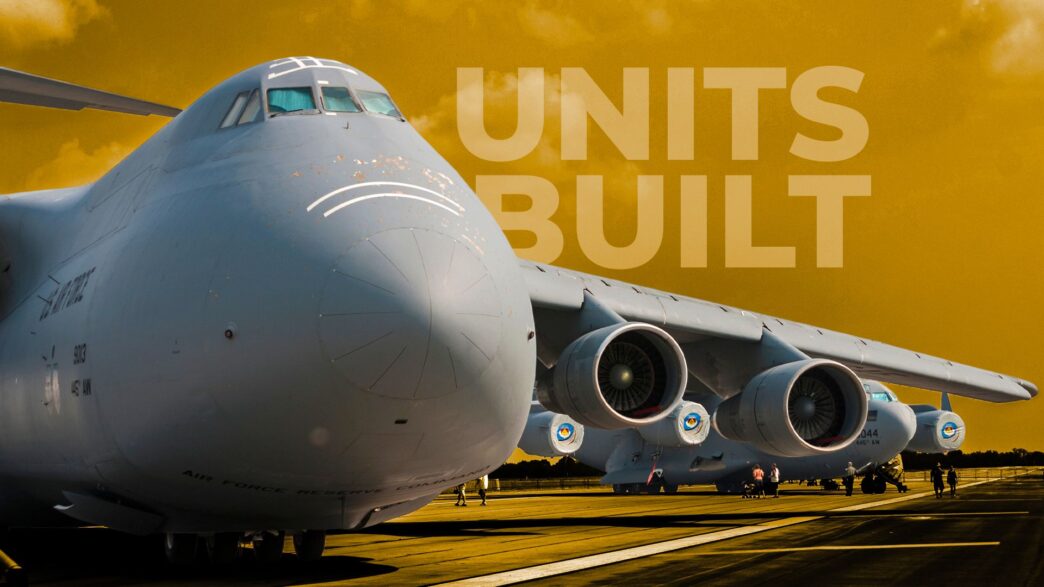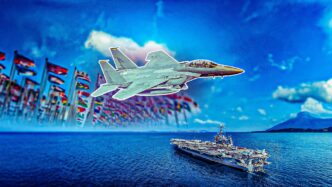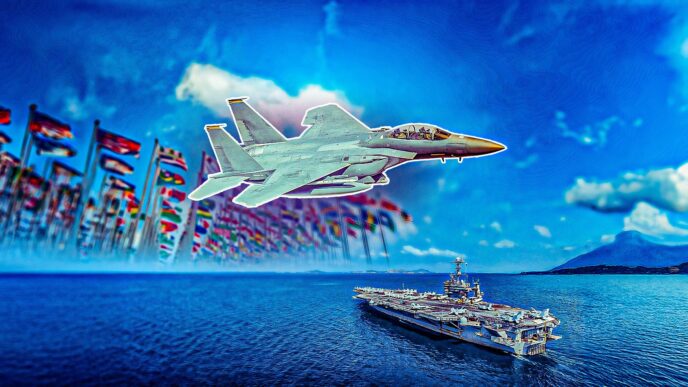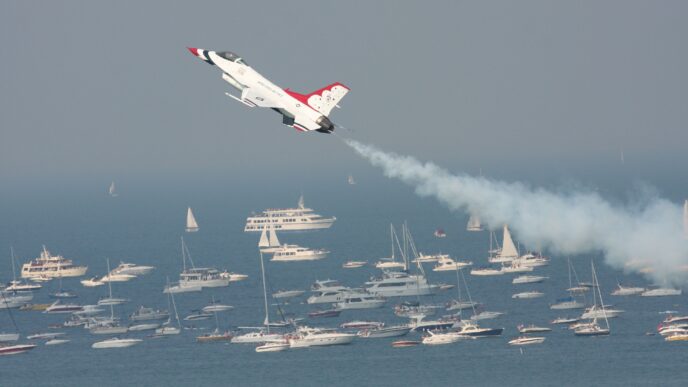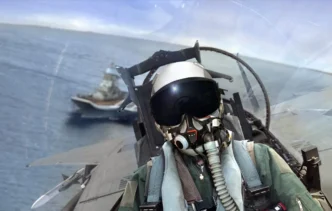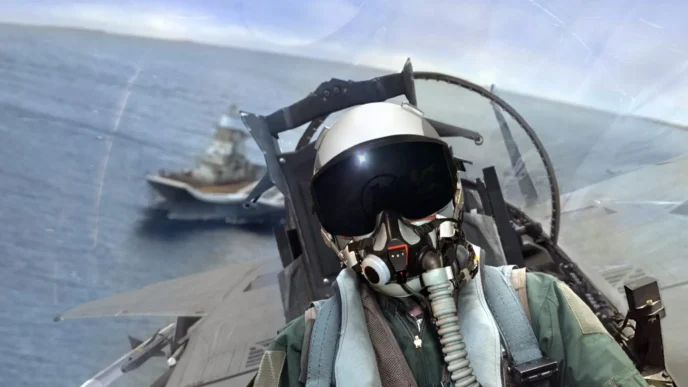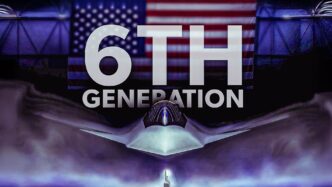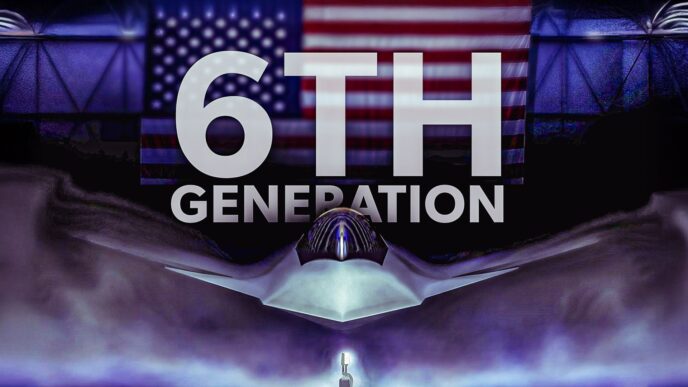The C-5 Galaxy, a massive transport aircraft, was originally designed and built by Lockheed for the United States Air Force. Lockheed had ambitious plans for the Galaxy, envisioning both cargo and passenger variants. They also aimed to modernize the aircraft and secure more sales to the Air Force. However, the smaller and more versatile McDonnell Douglas (now Boeing) C-17 Globemaster III eventually outpaced the Galaxy in popularity. Lockheed produced the C-5 in two main batches and later upgraded some to the C-5M Super Galaxy standard. Today, the U.S. Air Force operates 52 of these upgraded models, with additional units in storage.
The first batch, known as the C-5A, saw 81 units built between 1968 and 1973. These aircraft entered service in 1970, the same year the Boeing 747 debuted. Unfortunately, the C-5A faced challenges, including wing cracks in the mid-1970s, which required flying with reduced payloads for safety. To address this, 77 of the C-5As received new, stronger wings between 1981 and 1987, allowing them to carry their intended loads.
Despite these issues, the Air Force ordered another 50 upgraded C-5B aircraft from Lockheed. These were produced between 1986 and 1989, featuring improved wings, simplified landing gear, updated avionics, and enhanced engines. All 50 C-5Bs remain in service today. In total, Lockheed built 131 C-5 Galaxies, a testament to the aircraft’s enduring legacy in military aviation.
#C5Galaxy #AviationHistory #USAirForce #Lockheed #MilitaryTransport
Originally reported by Simple Flying Read More
